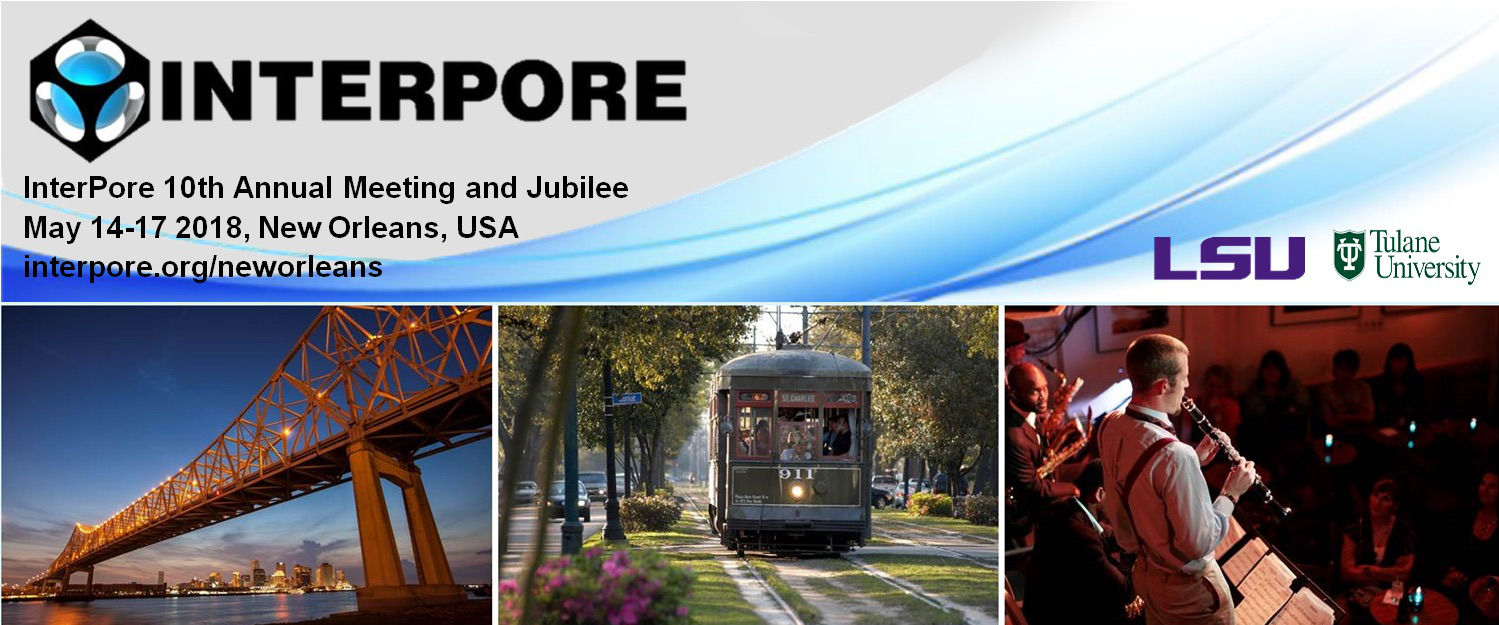Speaker
Description
Among the known EOR techniques which have been investigated and tested during last decades the solvent injection proved to reach one of the best recovery factors. From the other side the solvent retention problem makes it relatively expensive and thus less attractive. So the successful practical application of solvent having only an active EOR agent has not been frequently reported.
A good combination for solvent became intriguing especially after the collapse of VAPEX technology tests which most probably resulted from disastrous choice of the application framework. In any case the recent solvent injection history has incorporated heating within the framework of either an additive to steam injection technique, hybrid thermal recovery with resistive (cable) and radio-frequency (RF) heating or finally, hot solvent injection. Undoubtedly the solvent story has not yet finished and simply is waiting for a good moment to get back.
In our current review we summarize, present and analyze the recent simulation results of different solvent-assisted applications for heavy (HO) and viscous oil (VO) recovery through the comparison of their performance and efficiency factors. First we revisited the steam-solvent co-injection analysis in order to resume the principal results in terms of recovery efficiency indicators selected for this study. In the same manner we analyzed the recovery dynamics for most known alkane solvents, this time in combination with resistive cable and radio-frequency antenna heating. In particular, different but always considerably improved thermal efficiency has been demonstrated for all types of heating including SAGD cases.
On the contrary the production dynamics didn't show the same tendency. More intricate subject was also the solvent recovery factor together with positive and/or sometimes negative synergy effect of combined oil displacement. Finally, these difficulties were partially overcome during hot solvent injection which turned out to be advantageous for certain reservoir conditions depending, for instance, on type of available solvent.
The discussion on the relative importance of various physical mechanisms associated to solvent-assisted oil recovery is provided together with practical observations on the computational model performance and efficiency.
References
Perez-Perez, A., Mujica, M., Bogdanov, I., Hy-Billiot, J. (2016). A Methodological Analysis of the Mechanisms Associated With Steam/Solvent Coinjection Processes Using Dynamic Gridding. SPE Journal, doi:10.2118/169075-PA.
Bogdanov, I., Cambon, S., Mujica, M., Brisset, A. (2016) Heavy Oil Recovery via Combination of Radio-Frequency Heating with Solvent Injection, paper SPE180709-MS presented at the SPE Canada Heavy Oil Technical Conference held in Calgary, Alberta, Canada, 7–9 June 2016.
| Acceptance of Terms and Conditions | Click here to agree |
|---|


